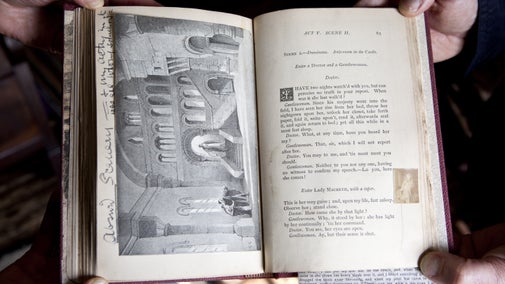
Discover more at Middle Littleton Tithe Barn
Find out when Middle Littleton Tithe Barn is open, how to get here, the things to see and do and more.

Middle Littleton is one of the finest remaining tithe barns in the country. Dating to either the 13th or 14th century, the barn is a unique building with a questioned past.
A tithe barn was a type of barn used in much of northern Europe in the Middle Ages for storing rents and tithes: one tenth of a farm's produce which was given to the church. Tithe barns were usually associated with the village church or rectory, and independent farmers took their tithes there.
One of the finest tithe barns in the country, Middle Littleton is a Grade I listed building dating to the 13th or 14th century. The National Monument Records record it as being built in 1376 for the monks of Evesham Abbey, which was the third largest abbey in England. However, analysis of five timber samples, collected from the barn between 1963 and 1965 provided a probable date range of between 1240-1265AD.
For many years the most likely builder was thought to be John Omberseley, Abbot of Evesham in 1376. However, the recent dendrochronology testing has revealed that the barn was at least a century older than Omberseley's tenure, dating to the middle of the 13th century.
It is thought now that the Tithe Barn was built by Abbot John de Brokehampton (1282-1316) to store hay and cereals (before threshing). The Abbey extracted the ‘tithe’ on both crops and livestock to provide an income from the Littletons to finance the hostilarius, the monk who entertained guests at the Abbey.

The barn is constructed of Blue Lias stone and Cotswold stone dressing, and has a triple purlin roof which is tiled in stone. The roof slates range from 6 to 18 inches long and were held in place with wooden pegs, although these have been replaced with pegs of aluminium.
It stands 130 feet long and 42 feet wide (external measurement) and originally had a pair of gabled porches on each of the long sides, but sadly now only the south porch survives. It is truly a magnificent building, and an imposing reminder of the power of the medieval abbeys.
Look for decorative finials over the gable ends: these were traditionally used as a good luck charm or to ward off evil.
The walls are supported by eight buttresses on the side walls and three on the end. The barn is built in a 'raised cruck' style – the large cruck timbers are not supported directly on the ground but on raised stone walls. The walls are pitted with holes called putlogs, marking the spot where the carpenters and masons inserted scaffolding to build the structure.
On one side of a courtyard are lean-to farm buildings, and on the other is an old cider press building, with exterior stone steps leading to the first floor entrance. This area has a long tradition of growing fruit, so it is very likely that villagers often paid tithes in apples, pears, or similar fruit.

Find out when Middle Littleton Tithe Barn is open, how to get here, the things to see and do and more.
Discover how a team of volunteers saved Middle Littleton’s dry stone walls from collapse.
Middleton Littleton Tithe Barn welcomes group visits. Find out more about our guided tours and how to book.

Learn about people from the past, discover remarkable works of art and brush up on your knowledge of architecture and gardens.
